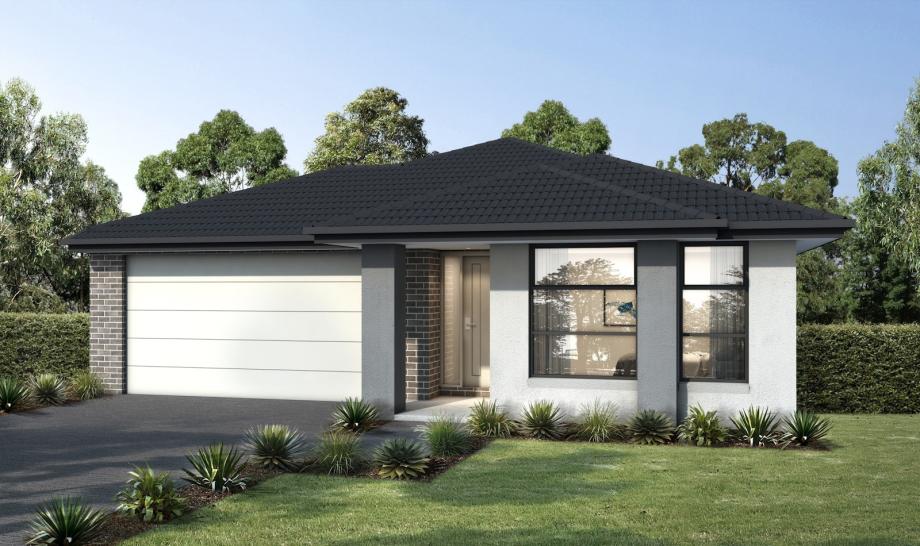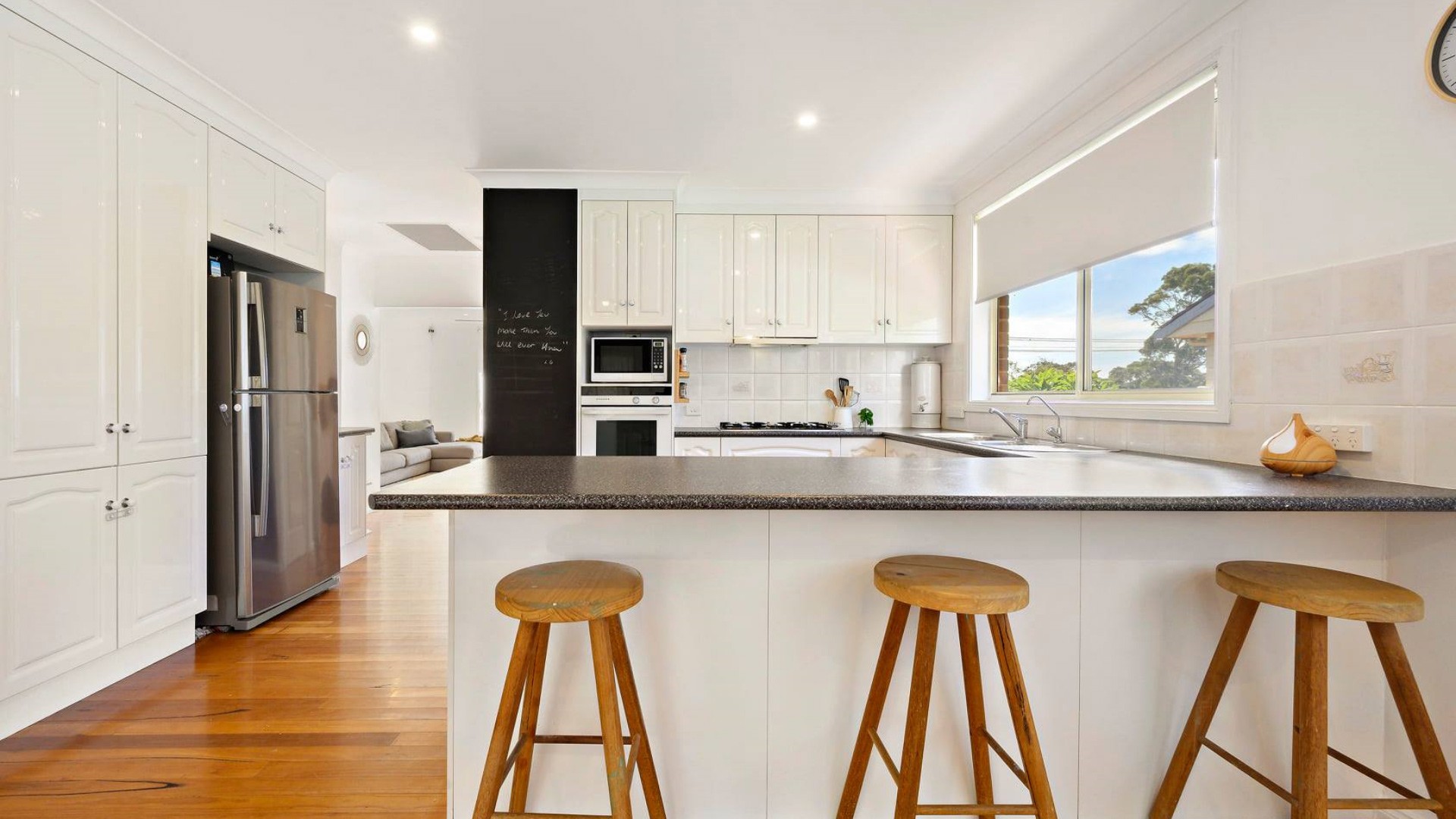Introduction: Avoid These, or Watch Your Profits Disappear
Investing in cash flow positive properties with tax depreciation should be a bulletproof strategy for building wealth. But too many investors make avoidable mistakes that drain their profits and leave them struggling to break even.
If you want to build a high-performance portfolio that pays you every month, steer clear of these five wealth-destroying mistakes.
Mistake #1: Not Researching the Rental Market
Buying a property without checking the rental market is like jumping into a pool without knowing how deep it is—dangerous and expensive.
Why This is a Problem:
• If tenant demand is weak, your property sits vacant, costing you money.
• If rental rates are low, your cash flow takes a hit.
• If the area is oversupplied, you’ll be stuck competing with landlords offering discounts and incentives.
How to Avoid It:
✅ Check vacancy rates—anything under 3% is ideal.
✅ Compare rental yields to ensure strong returns (5%+ is your baseline).
✅ Research tenant demand—who is renting, and why?
Mistake #2: Ignoring Tax Depreciation Benefits
If you’re not maximizing tax depreciation, you’re leaving money on the table.
Why This is a Problem:
• Depreciation reduces your taxable income, increasing your after-tax cash flow.
• Many investors don’t realize they can claim thousands in deductions every year.
• Without a depreciation schedule, you miss out on legitimate tax savings.
How to Avoid It:
✅ Get a tax depreciation schedule from a professional quantity surveyor.
✅ Claim deductions on both the building and fittings (A/C, appliances, carpets, etc.).
✅ Review your tax benefits annually to ensure you’re not overpaying.
Mistake #3: Buying in Areas with Weak Economic Growth
A property might look great on paper, but if the local economy is weak, you’re in trouble.
Why This is a Problem:
• If job opportunities are declining, rental demand will drop.
• If the population isn’t growing, housing demand will stagnate.
• If local businesses aren’t thriving, expect lower rental returns.
How to Avoid It:
✅ Invest in areas with strong job growth and multiple industries.
✅ Look for locations with high population growth.
✅ Choose cities or suburbs where businesses are expanding, not closing down.
Mistake #4: Overpaying for a Property
If you pay too much upfront, you cripple your cash flow from day one.
Why This is a Problem:
• A high purchase price lowers your rental yield.
• You may struggle to refinance or extract equity for future investments.
• Selling later becomes harder if the market shifts.
How to Avoid It:
✅ Compare recent sales data in the area—don’t rely on agent hype.
✅ Look at properties with yields over 5%, ensuring positive cash flow.
✅ Negotiate hard—your profit is made when you buy.
Mistake #5: Not Having a Cash Flow Buffer
Even the best investments have unexpected costs. No buffer = big trouble.
Why This is a Problem:
• Unexpected repairs can eat into profits.
• Vacancies can leave you covering the mortgage out of pocket.
• Interest rate changes can impact loan repayments.
How to Avoid It:
✅ Set aside 3–6 months of expenses in an investment buffer.
✅ Factor in maintenance and vacancy rates in your calculations.
✅ Work with a mortgage broker to structure loans properly.
Final Thoughts: Play it Smart, Stay Profitable
If you want to build real wealth through property, avoid these five deadly mistakes. Focus on high-rental-demand areas, maximize tax depreciation, and keep your costs under control.
Smart investors play the long game—but that doesn’t mean waiting around for capital growth. Your property should pay you NOW.
Are yours doing that?


